Uncategorized
-
 Physics
PhysicsRarest nucleus reluctant to decay
Tantalum-180m has a half-life more than a million times the age of the universe.
-
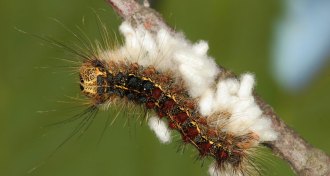 Animals
AnimalsNew book tells strange tales of evolution
'The Wasp That Brainwashed the Caterpillar' features a cadre of critters that have evolved seemingly bizarre solutions to some of life’s biggest problems.
-
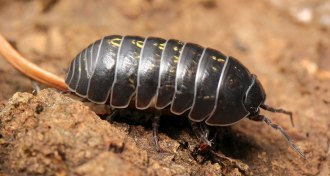 Genetics
GeneticsTo make female pill bugs, just add bacterial genes
Genes from Wolbachia bacteria infiltrated pill bugs and now make genetic males female.
By Susan Milius -
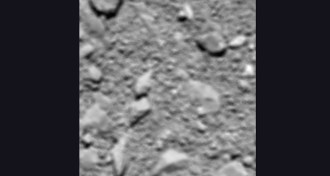 Planetary Science
Planetary ScienceRosetta spacecraft ends mission
The Rosetta mission comes to an end as spacecraft touches down on surface of comet 67P/ Churyumov–Gerasimenko.
-
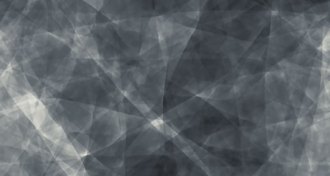 Cosmology
CosmologyAfter Big Bang, shock waves rocked newborn universe
Shock waves in the early universe could explain the generation of magnetic fields and the predominance of matter over antimatter.
-
 Animals
AnimalsPrimitive signs of emotions spotted in sugar-buzzed bumblebees
When bumblebees eat a sugary snack, they make more optimistic decisions, a new study finds. This could be early evidence for emotion in insects.
-
 Genetics
GeneticsGene linked to autism in people may influence dog sociability
DNA variants were linked to beagles’ tendency to seek human help.
-
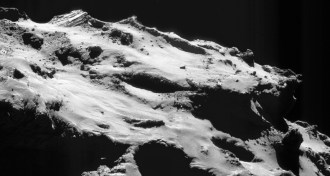 Planetary Science
Planetary ScienceSo long, Rosetta: End is near for comet orbiter
During its time in orbit around comet 67P, the Rosetta spacecraft discovered diverse terrains, organic molecules and a source of water quite different from Earth’s oceans.
-
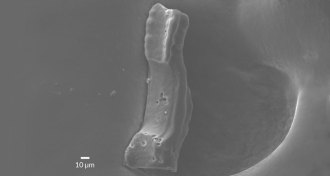 Earth
EarthGlass bits, charcoal hint at 56-million-year-old space rock impact
Glassy debris and the burnt remains of wildfires suggest that a large space rock hit Earth near the start of the Paleocene-Eocene Thermal Maximum warming event around 56 million years ago.
-
 Health & Medicine
Health & MedicineConcern expands over Zika birth defects
Infection with Zika virus in utero can trigger a spectrum of birth defects beyond microcephaly, and could potentially cause long-term health problems as well.
By Meghan Rosen -
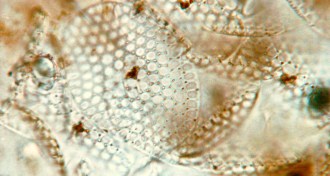 Paleontology
PaleontologyAncient microbe fossils show earliest evidence of shell making
Armor-plated, 809-million-year-old fossilized microbes discovered in Canada are the oldest known evidence of shell making.
-
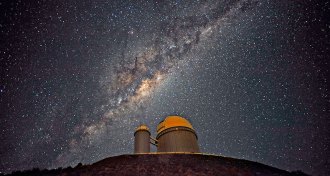 Astronomy
AstronomySolar system sits within major spiral arm of Milky Way
The solar system appears to live in one of the major spiral arms of the Milky Way, not in an offshoot as previously thought.